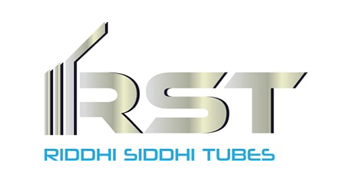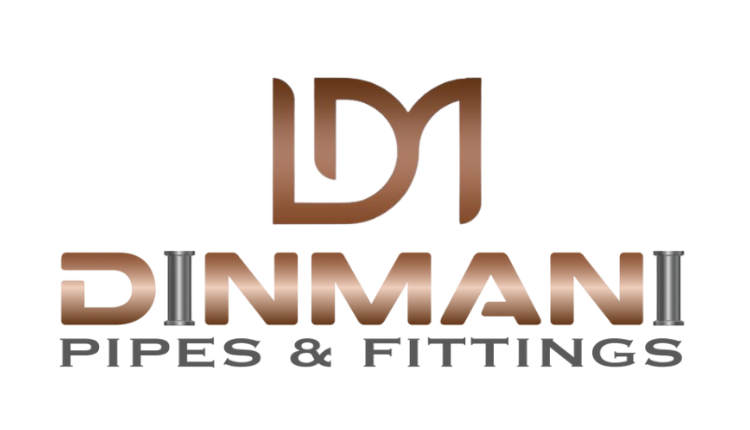Get A Quote
Get A Quote
+91

Home

Account

Get A Quote

About Us
Products
Materials
Contact Us
Connect with us
Get A Quote

Home

Account

Get A Quote

304L Stainless Steel Decorative Pipes are made from iron, chromium, Nickel, and manganese alloys. This combination of metals gives them corrosion-resistant qualities and superior strength. Chromium acts as a passive layer on the surface, thus preventing corrosion and staining and making these pipes resistant to oxidation, heat and pressure. The addition of Nickel increases their adaptability to severely corrosive environments, whereas the presence of manganese makes the pipes more durable and adds to their life span. These pipes are highly sought after for their versatility, durability, longevity, and attractive designs that allow for decorative purposes in many applications.
SS 304L Decorative Pipes are known for their higher durability, low maintenance requirements, and longer service lives. These pipes offer a variety of advantages and benefits for different industrial applications. They have good resistance to corrosion in an environment with higher temperatures and can be used in the petrochemical industry, the power industry, and any environment where high temperatures or chemical reactions may occur. Additionally, these pipes can withstand extreme pressure due to their composition, making them perfect for processing equipment containing pressurized liquid or gas. Also, they come in various decorative finishes that can help enhance their appearances in commercial and domestic environments. Stainless Steel 304L Decorative Pipes are some of the most stable, reliable, and long-lasting pipes available today.
304L Stainless Steel Decorative Pipes are made from iron, chromium, Nickel, and manganese alloys. This combination of metals gives them corrosion-resistant qualities and superior strength. Chromium acts as a passive layer on the surface, thus preventing corrosion and staining and making these pipes resistant to oxidation, heat and pressure. The addition of Nickel increases their adaptability to severely corrosive environments, whereas the presence of manganese makes the pipes more durable and adds to their life span. These pipes are highly sought after for their versatility, durability, longevity, and attractive designs that allow for decorative purposes in many applications.
SS 304L Decorative Pipes are known for their higher durability, low maintenance requirements, and longer service lives. These pipes offer a variety of advantages and benefits for different industrial applications. They have good resistance to corrosion in an environment with higher temperatures and can be used in the petrochemical industry, the power industry, and any environment where high temperatures or chemical reactions may occur. Additionally, these pipes can withstand extreme pressure due to their composition, making them perfect for processing equipment containing pressurized liquid or gas. Also, they come in various decorative finishes that can help enhance their appearances in commercial and domestic environments. Stainless Steel 304L Decorative Pipes are some of the most stable, reliable, and long-lasting pipes available today.























-1688635827661.webp)




















No more suppliers available.
Website Banner